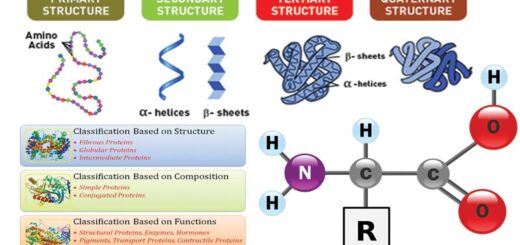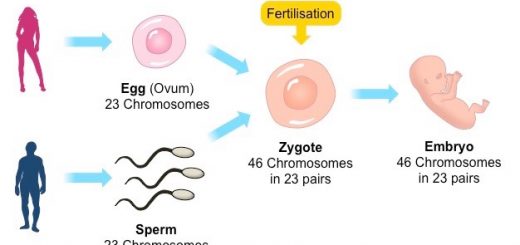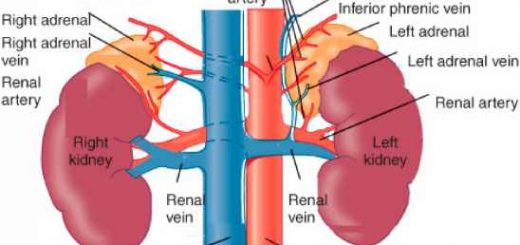Importance of Anatomical body position, planes and terms of movement
Anatomy (Greek anatomē, dissection) is the science of the body structure. Clinical anatomy is the study of the body structure in relation to medicine & health problems. All descriptions are based on the assumption that the person is standing upright, with the upper limbs hanging by the sides and the face and the palms of the hands are facing forwards. This is called the Anatomical position.
Anatomical position
In humans, An anatomical position is defined as standing up straight with the body at rest. It describes the anatomy of the body so that it is easy to understand what part of the body is being talked about no matter what direction the organism is facing or where its appendages/limbs are. It describes different parts of moving organisms no matter how they are moving or what position they are in.
Anatomical planes
A median sagittal plane is a vertical plane passing through the middle of the body, dividing it into equal right and left halves. Planes parallel to this plane are called a sagittal or paramedian plane. Thus the paramedian plane is a vertical plane that divides the body into right and left parts.
The coronal plane is the vertical plane at the right angle to the sagittal plane, and it divides the body into anterior & posterior parts. The horizontal or the transverse planes are at right angles to both the sagittal & the coronal planes. It can divide the body into upper and lower parts.
Terms of position
Superior & inferior
- Superior: means nearer to the head. It is also called cranial.
- Inferior: means nearer to the feet. It is also called caudal.
Medial & lateral
- Medial: means nearer to the middle line.
- Lateral: means far away from the middle line.
Anterior & posterior
- Anterior: nearer to the front of the body. It is also called ventral.
- Posterior: nearer to the back of the body. It is also dorsal.
Superficial & deep
- Superficial means are nearer to the skin.
- Deep: means far away from the skin.
Proximal & distal terms are used only in the limbs
- Proximal means nearer to the root of the limb.
- Distal: This means far away from the limb root.
The palm of the hand & Dorsum of the hand.
Sole of the foot = Plantar surface of the foot & Dorsum of the foot.
Terms of movement
Flexion & extension:
- Flexion: means bending. Usually, in most joints, flexion is bending anteriorly except in the knee joint where flexion is bending posteriorly.
- Extension; means straightening.
Abduction & adduction:
- Abduction: means the movement away from the median plane.
- Adduction: means movement towards the median plane.
Circumduction is a circular movement which includes the previous movements (flexion, abduction, extension, and adduction). Circumduction occurs in a few joints such as the shoulder and the hip joint. Rotation is the movement around the long axis of the bone.
- Medial rotation: where the anterior surface of the bone faces medially.
- Lateral rotation: where the anterior surface of the bone faces laterally.
The following movements occur only in certain joints. For example; Supination and pronation occur only in the forearm, whereas inversion and eversion occur only in the foot.
Supination & pronation:
- Supination is the normal resting position of the forearm, where the palm of the hand faces forwards, the radius and the ulna are parallel and the thumb is lateral.
- Pronation is opposite to supination, that is the palm of the hand faces backwards, the radius and the ulna are crossed and the thumb is medial.
Inversion & eversion:
Inversion movement occurs only in the feet where the plantar surface of the foot faces medially. Eversion is opposite to inversion, where the plantar surface of the foot faces laterally.
Bone (Osseous Tissue) types, structure, function and importance
Bones function, types & structure, The skeleton & Curvature of Spine in Adults
Factors affecting the rate of enzyme reaction & Importance of enzyme inhibitors
Protein Classification, Globular & Fibrous protein, Simple, Compound & Derived proteins
DNA Repair types, definition & importance, Protein Biosynthesis & Genetic Code




This was very Helpful!! Thank you for sharing!!
You are welcome